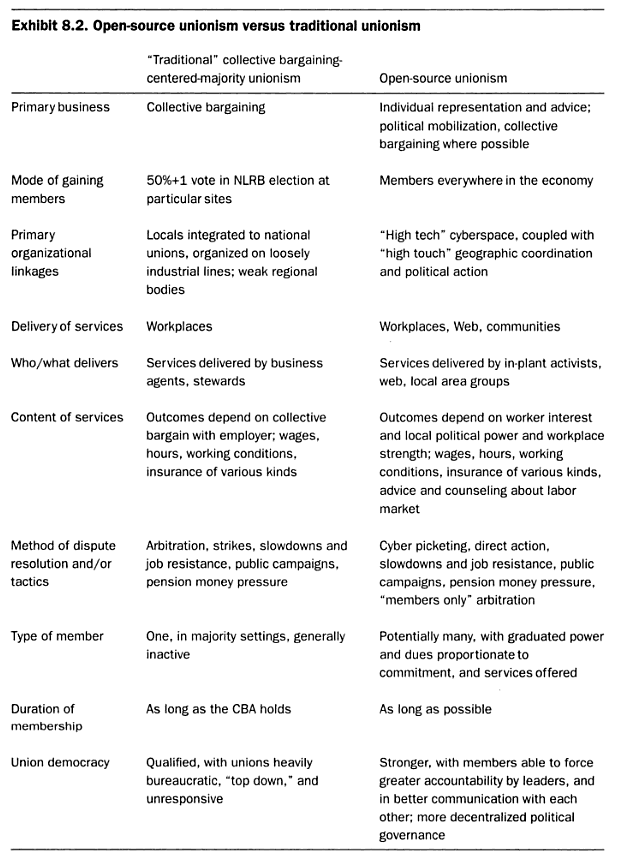Business Law Prof Blog
Post on: 27 Июль, 2015 No Comment

The Cost of Long-term Investing in Mutual Funds
We are all familiar with a distinguishing features of investing in operating companies and investing in mutual funds: sale of stock in operating companies and redemption at NAV (net asset value) in mutual funds.  An interesting article (Mutual Fund Liquidity and Fiduciary Conflicts of Interest ) 1 was recently brought to my attention which argues that the liquidity costs of the redemption model disadvantages long-term investors— those investors who stay in the fund.  
Redemption of mutual fund shares requires the fund to maintain liquidity (uninvested assets) in order to supply the NAV to any departing investor.  The required liquidity extracts a small cost on the fund for each exit.  This cost, small when evaluated for a single trade, becomes significant in the aggregate.  Trading and liquidity cost estimates range from $10-17 billion annually, costs that are born exclusively by the investors who stay in the fund. This means that long-term investors, particularly those investors who are relatively locked into their mutual funds such as retirement investors (a group I refer to in my scholarship as Citizen Shareholders) are subsidizing the dominance of the exit strategy for other retail investors.  This has deep implications for the arguments advanced by John Morley and Curtis Quinn in their 2010 article Taking Exit Rights Seriously . 2  where they argue that exit is the dominant strategy over voting and litigation in mutual funds.  If exit is the dominant strategy for mutual fund investors, and there is a cost associated with that exit, who should bear the cost?  I have an essay forthcoming this spring that further addresses question of exit rights as they pertain to Citizen Shareholders.
One novel solution advanced by Sacks Equalization Model, Inc.. is a patented algorithm that assigns a small liquidity cost to all selling investors and to all new investors to push the transaction cost on those investors engaging in the transaction, not the stable, long-term investors.
-Anne Tucker

[1] Miles Livingston and David Rakowski, Mutual Fund Liquidity and Conflicts of Interest. Journal of Applied Finance, Vol. 23, No. 2, pp 95-103 (2013).
[2] John Morley & Quinn Curtis, Taking Exit Rights Seriously: Why Governance and Fee Litigation Don’t Work in Mutual Funds. 120 Yale L.J. 84 (2010).
lawprofessors.typepad.com/business_law/2014/12/the-cost-of-long-term-investing-in-mutual-funds.html














